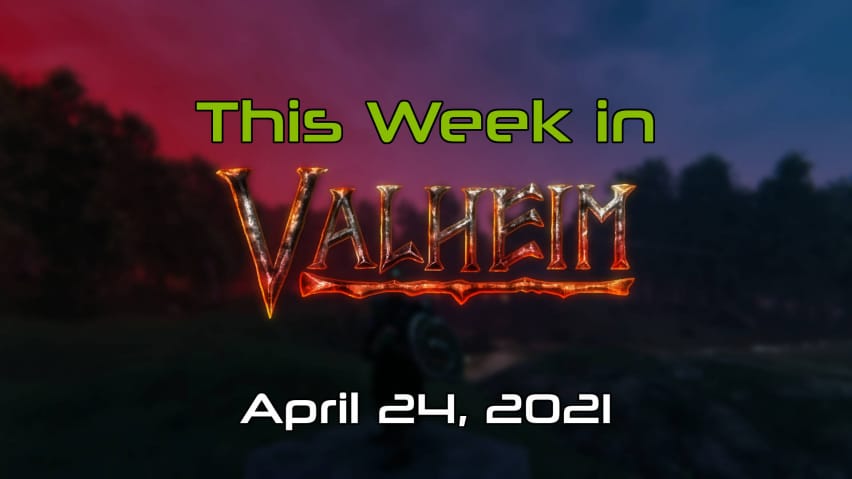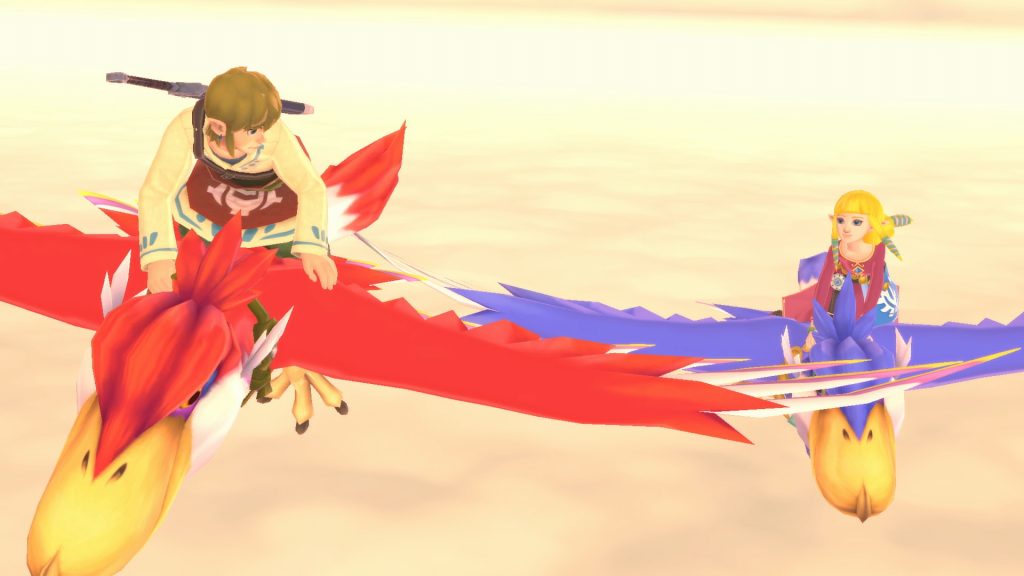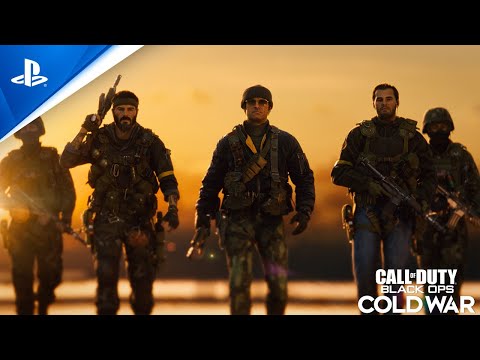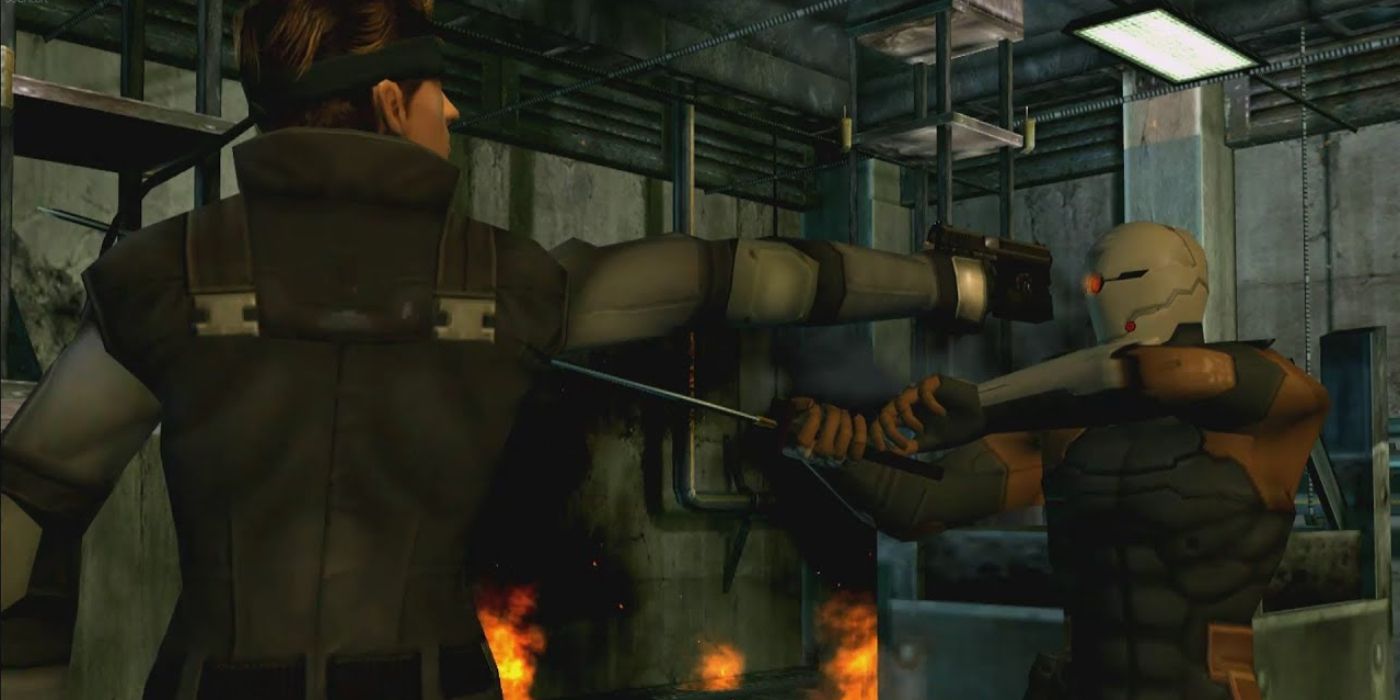
Melee attacks are featured in countless games, but whether they're prominent components of those titles is a whole other matter entirely. Many games, particularly shooters, tend to treat melee combat as a last resort. Generally, one is tasked with limiting face-to-face encounters as much as possible; there's usually no tactical advantage to be gained by purposefully getting up close and personal. But that's not quite the case in Metal Gear, which is a series that has always had a unique obsession with good old-fashioned fisticuffs.
Close-ranged attacks have been a part of the Metal Gear series since it debuted over 30 years ago, and they've grown to include an impressive catalog of techniques that collectively fall under the banner of Close Quarters Combat (CQC). As CQC has evolved from game to game, not only has it gotten more impressive to watch in action, but its utility in gameplay — the tactical advantage getting uncomfortably close with what the enemy offers — has grown in tandem.
RELATED: The Action Movie Stars That Inspired Metal Gear's Protagonists
Metal Gear Before CQC
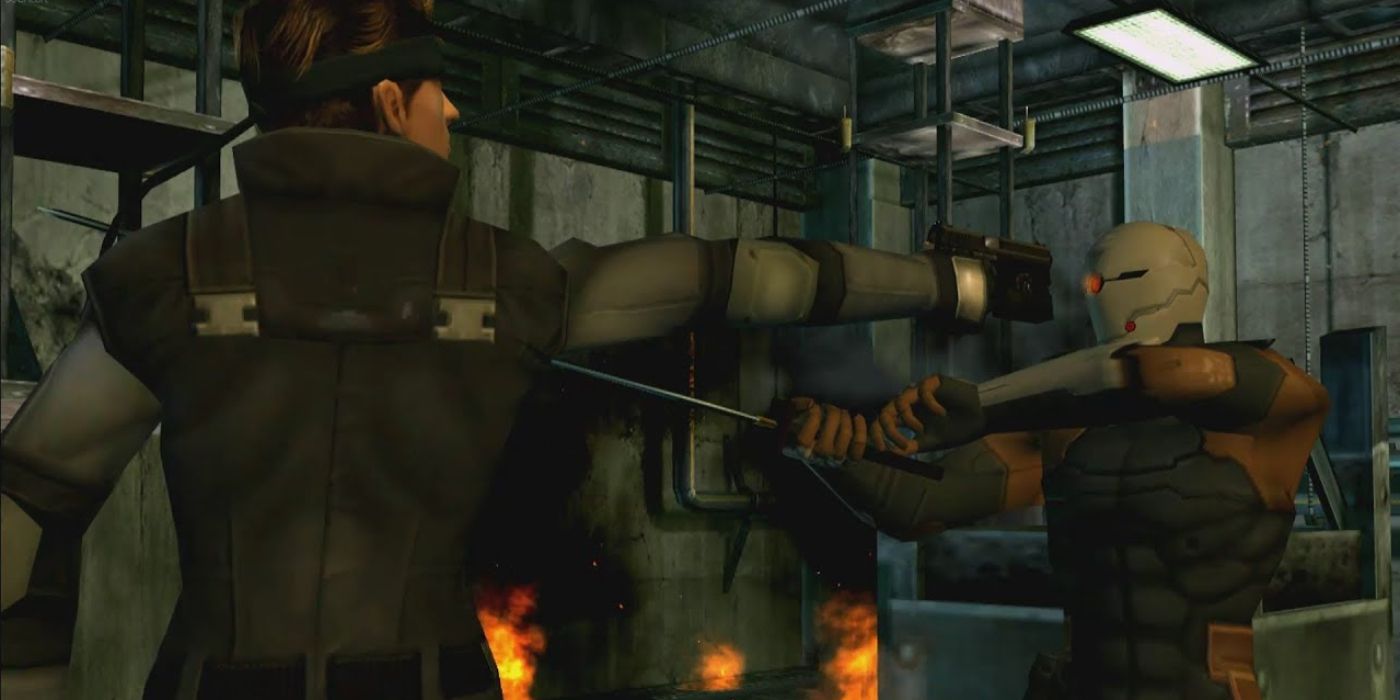
Prior to the "CQC" naming convention, the Metal Gear games featured a fairly rudimentary approach to fist-fighting. In the MSX duology, Snake could only punch; one strike briefly stunned guards, while three knocked them out. However, these two retro titles still made inventive use of Snake's sole strike. In Metal Gear 1, players could use their punches to check for hollow walls that could either be punched through or blown up with explosives. The subsequent Metal Gear 2 allowed one to punch walls to create noisy distractions, and even had a one-on-one, barehanded boss fight. Each of these features would see similar implementations in later games.
Metal Gear Solid brought a few things to the table. A new three-hit combo saw Snake handing out beatdowns with two quick jabs followed up by a strong kick, and he could also throw enemies or put them in chokeholds, the latter of which could be used to move foes around or incapacitate them. Metal Gear Solid 2 took this one step further by introducing the HF Blade — a weapon designed exclusively for melee combat. Both games also continued the tradition started with Metal Gear 2 by featuring climactic boss fights, challenging players to best some of the biggest bosses in each game using only physical attacks.
By Metal Gear Solid 2, the series' close-range options had a fair amount of depth. But the subversive title's follow-up would rewrite the book on Metal Gear's melee combat in a big way that would impact the remainder of the series.
Metal Gear Solid 3: The Basics of CQC
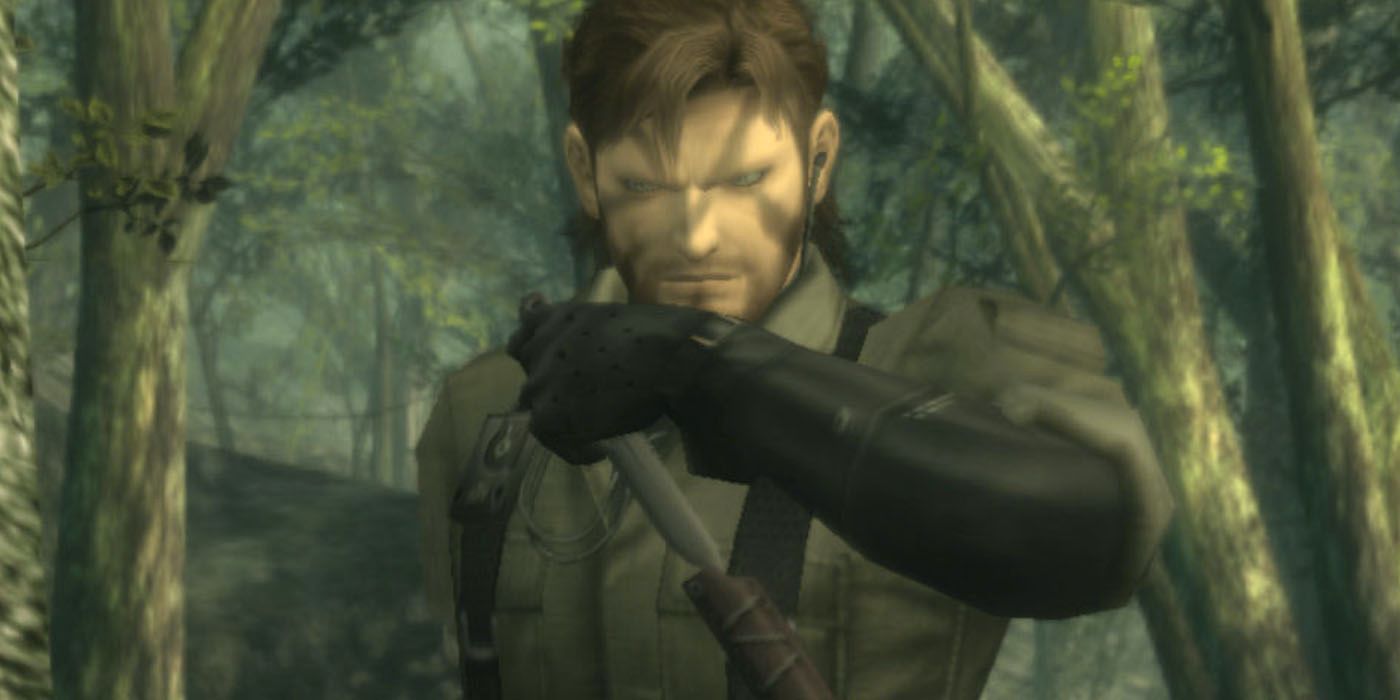
Starting with Metal Gear Solid 3, melee would be known as CQC, a fighting style developed by Big Boss and his mentor, the Boss. MGS3 establishes that CQC can only be used by one who is either barehanded, or carrying a smaller, single-handed weapon like a handgun. The martial art has some common elements with the series' previous melee techniques, like the three-hit combo, but its utility in the field is far greater, and is by far CQC's defining feature.
CQC slams and interrogations are the bread and butter of Big Boss' unarmed approach to fighting. The slams more or less innovate on Metal Gear Solid and Metal Gear Solid 2's quick throws, but this time around, they look and sound significantly more impactful and painful. The ease with which one can get a guard on the ground also makes hold-ups — a feature previously introduced in MGS2, in which one could extort guards at gunpoint for valuables — much easier to perform than before.
To identify areas of interest in previous games, one generally had to rely on codec conversations, or go out of their way to explore risky areas of their own accord. Such endeavors could often prove fruitless, but Metal Gear Solid 3 fixed this with the inclusion of interrogations. Players could sneak behind an enemy, grab a hold of them, and extract intel on item locations or other informative tidbits that could assure players that checking out a particular area would not be a waste of time. Getting up close and personal might be a riskier route than aimlessly exploring a hostile enemy base, but it's consistently rewarding — something that can't be said for the latter.
RELATED: What a New Metal Gear Can Learn From Hitman 3's Success (And How It Can Innovate Further)
Metal Gear Solid 4, Peace Walker and MGS5: Refining CQC
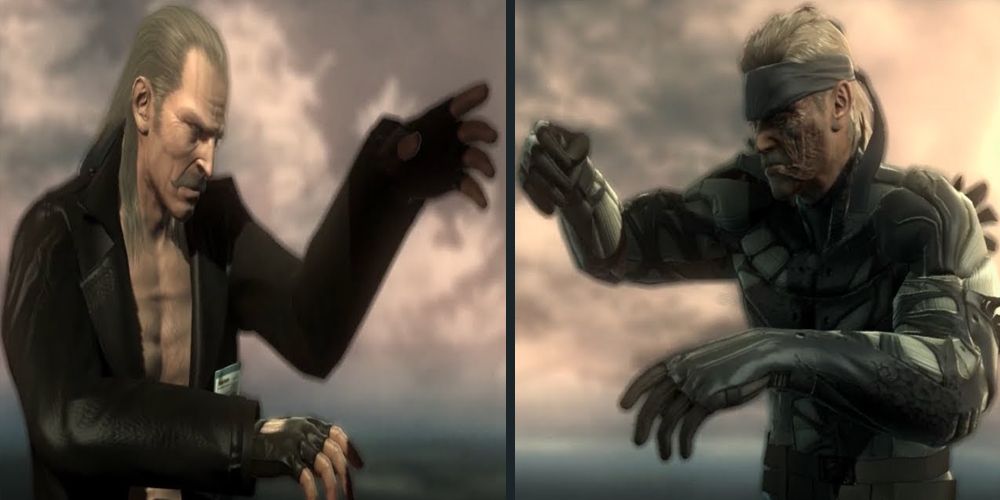
Once MGS3 laid the foundation for CQC, subsequent games would build off of it, albeit in different ways. Metal Gear Solid 4's version of CQC was a step up in terms of aesthetics, but functionally, not so much. Players could now pull off tactical disarms, prone chokeholds, and even some CQC maneuvers with two-handed weapons that all, admittedly, looked impressive, but were each lacking in purpose. Much of CQC's utility in MGS3 was built around interrogations — a feature absent in MGS4. As such, there's no advantage to be gained from getting up close and personal; CQC looks cool in MGS4, but that's about it.
Fortunately, Peace Walker would bring back interrogations, which would produce information players could use to better build their bases, such as locations of high-ranking soldiers or blueprints for advanced weaponry. While none of the prominent features introduced in MGS4 were present, Peace Walker did debut two new CQC techniques. While restraining an enemy, Big Boss could now throw them in any direction, which could easily disrupt large clusters of enemies. One could also now pull off chains of CQC throws while surrounded by foes. Previously, CQC was best-suited for one-on-one encounters with enemies, but in Peace Walker, it became an effective means of crowd control.
Finally, Metal Gear Solid 5 seemingly borrowed some elements from all prior incarnations of CQC. Big Boss could punch, throw, grab, disarm, and interrogate enemies as in previous games, and new techniques like corner/cover takedowns, or the prone leg sweep afforded players fresh ways to not just incapacitate enemies, but also acquire intel while staying under the radar. Relative to other entries, MGS5's version of CQC doesn't add much to it, but rather refines what already exists to create perhaps the most polished melee system seen in a Metal Gear game.
From its humble beginnings as a single punch, Metal Gear's melee options have expanded to include a martial art packed with all manner of moves. While the future of the franchise is unclear, one can only hope that any future installments in the Metal Gear series will continue to add further depth to CQC with new techniques that are just as useful in accomplishing one's objective as they are awe-inspiring to watch.
A Metal Gear Solid Remake is rumored to be in development.
MORE: Every Multiplayer Metal Gear Game
